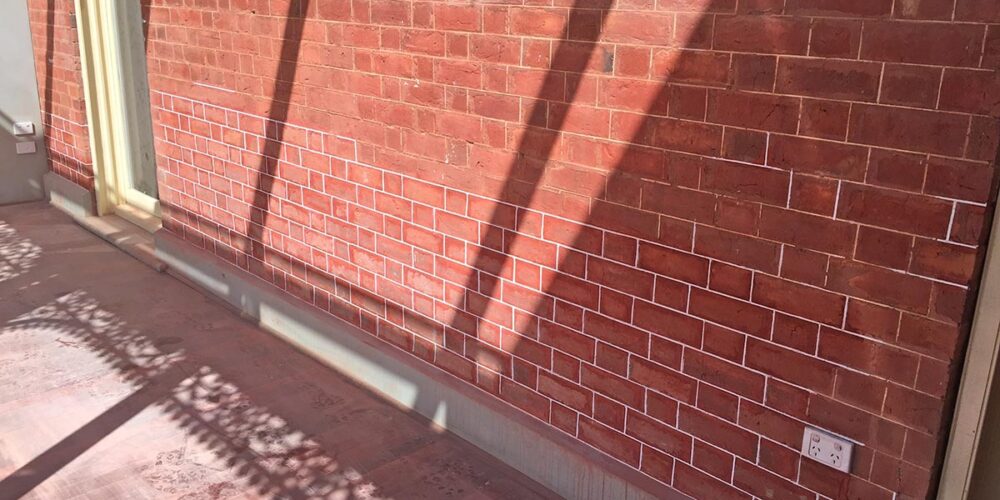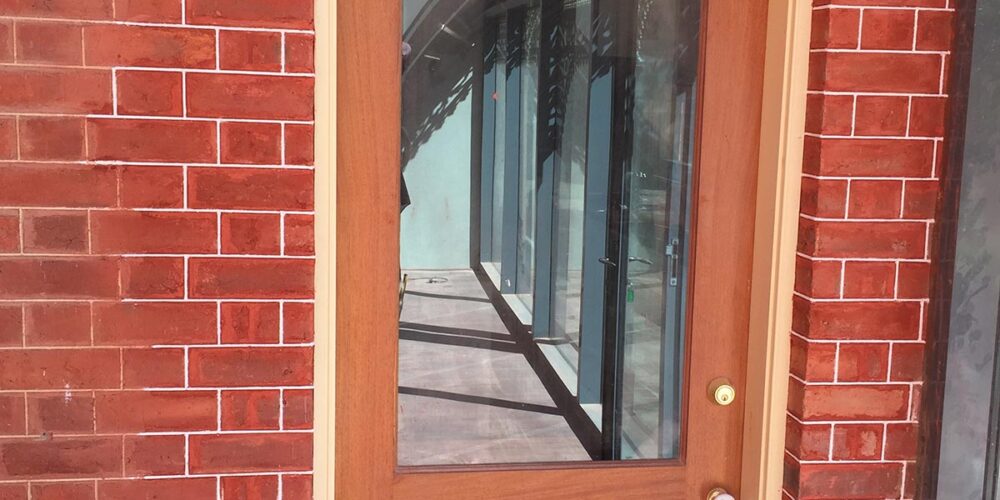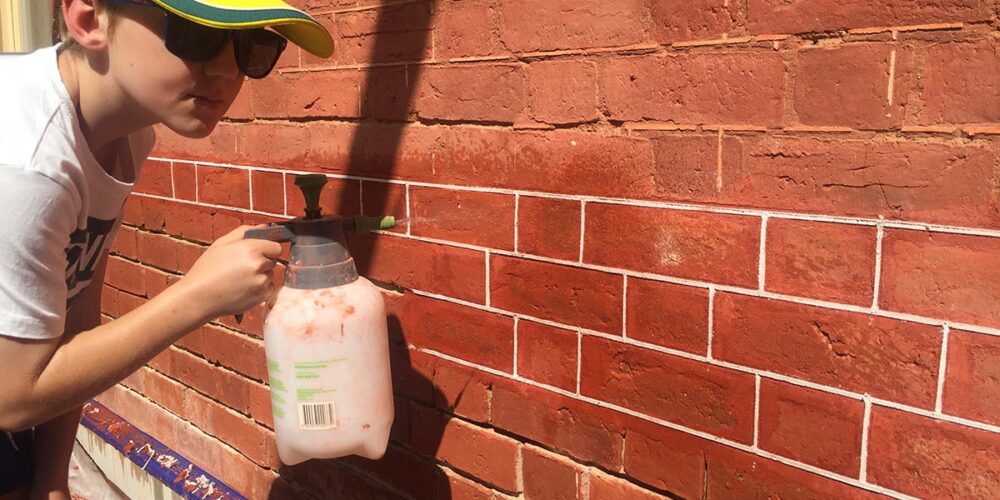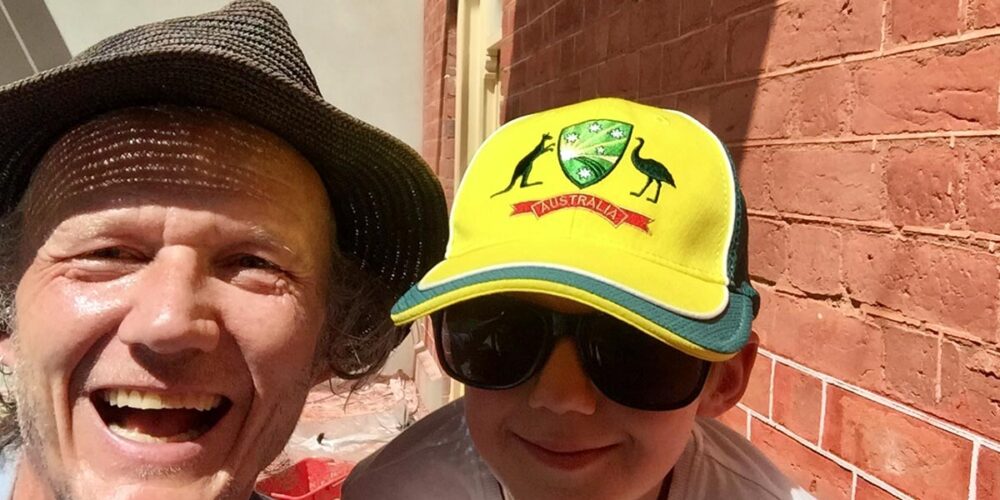Tuck Pointing & Facade
Tuckpointing was developed in the early 18th century England when bricks were made by hand, utilising individual wooden molds and baked in kilns. The art of brick making was not as refined as it is today, and the wooden molds varied due to age and crude method of manufacture. This resulted in generally irregular shaped bricks.
Quite often, these 'seconds' bricks are found in places where their rudimentary (and sometime confounding) shapes are of no visual importance, such as within the structure of walls. Recently, at a property in Castlemaine, I encountered them on the last course of brickwork at the ceiling line where they were to be rendered, and also within the cool-store cellar walls.
In order to make more precisely-sized bricks, the bricks were made slightly oversize and then, after being baked, the bricks were scraped or rubbed down by hand. These finished precise bricks were known as “gauged” bricks or “rubbers” for slang. These rubbed bricks were relatively more expensive to manufacture than un-rubbed or un-finished bricks or stones.
When these precisely made by hand bricks (rubbers) were laid with lime mortar (lime and fine sand), the end result was a neat finish of red brick contrasting with very fine white brick joint – however to build a house with precisely made rubbed bricks was significantly more expensive.
A less expensive method was required where a builder/ mason/ stonemason could use cheaper non-uniform shaped bricks and stones, which led to the development of tuckpointing. This involved neat, straight lines being raked out in the freshly laid mortar to create an “illusion” from a distance that the bricks were somewhat symmetrical, appearing to be made more precisely that the brick or stone that they comprised of.
This simpler technique was used with very uneven bricks. A thin line or ribbon called a 'tuck' was drawn in the flush-faced mortar and left unfilled to give the impression of well-formed brickwork. So basically early stonemasons and bricklayers just made straight horizontal and vertical grooves between the brickwork.
Tuckpointing was later refined to further create the illusion of more precise brick geometries by placing up to 1cm of lime putty of a matching colour to the brick or stone itself, in order to firstly hide their irregularity, faults and any distinctions between the brick or stonework. To finish, a fine fillet of lime putty (coloured white, red or black) was then pushed onto this base mortar joint to create a contrasting colour to the brick or stonework and to the underlying mortar between the joints. Tuckpointing results in a very strong visual distinction between the brickwork.




